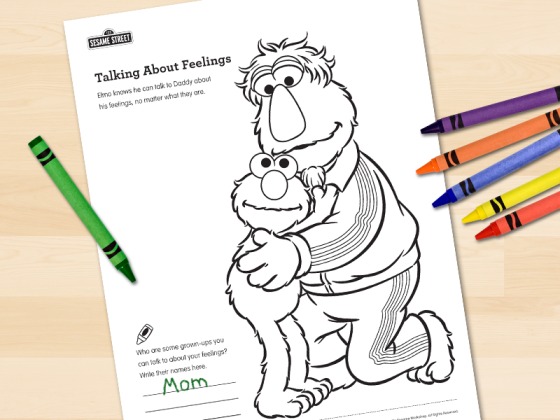
Talking About Feelings
Encourage kids to talk to grown-ups about their emotions with this coloring activity.
- Print the page and read it to kids. Let them color the picture.
- While kids color, ask them which grown-ups they can talk to about their feelings. When they’re ready, help them write those names at the bottom of the page. They can hang their page up at home to remember the grown-ups they can talk to.
- When kids express tough emotions, let them know that grown-ups have big feelings, too. You can help kids think of ways to work with them (take deep breaths, hug it out), but let them know it’s also good to name those feelings and just feel them for a while. Explain that sometimes big emotions can make us feel like we’ll explode, but feelings can change, and we’re strong enough to feel all of them.
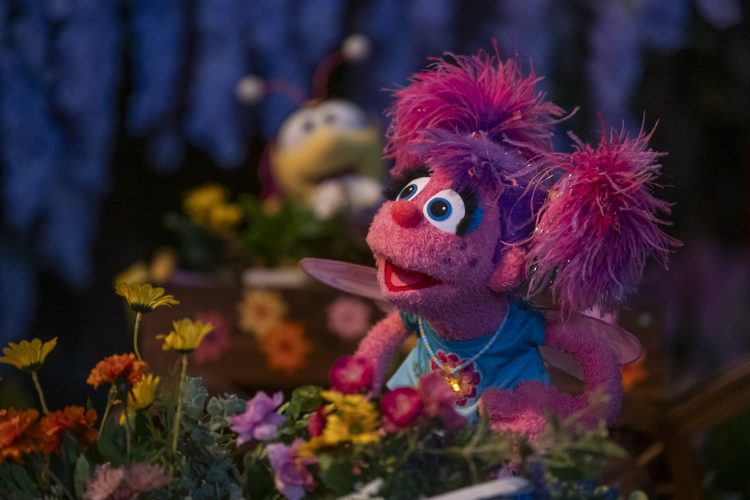
Watch and Play: Abby's Magical Beasties
Watch this episode and explore ways to extend the learning at home.
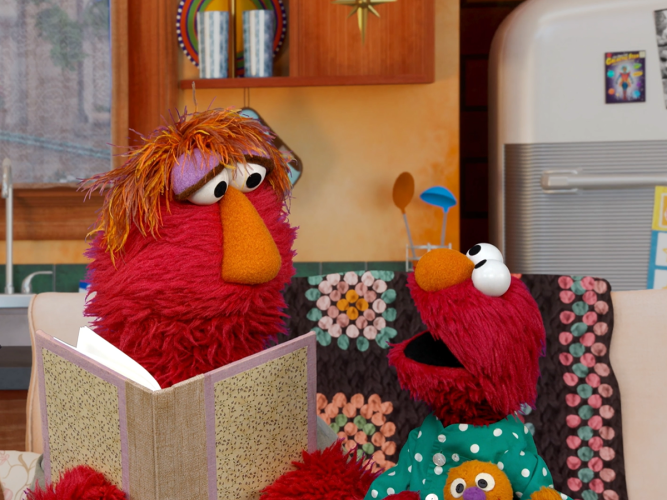
Go To Sleep, Elmo!
Handling a middle-of-the-night monster moment.
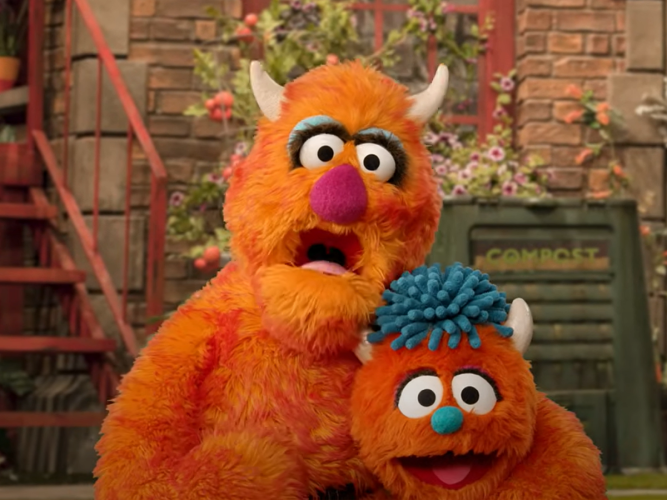
Monster Meltdown
Meltdowns happen… but they are somewhat predictable! As you try to handle them, curiosity and patience go a long way.

The Power of Following Children’s Lead
Joining children in their play offers so many opportunities to encourage, communicate, bond, spark and share joy, teach, show warmth and kindness, and help them thrive.
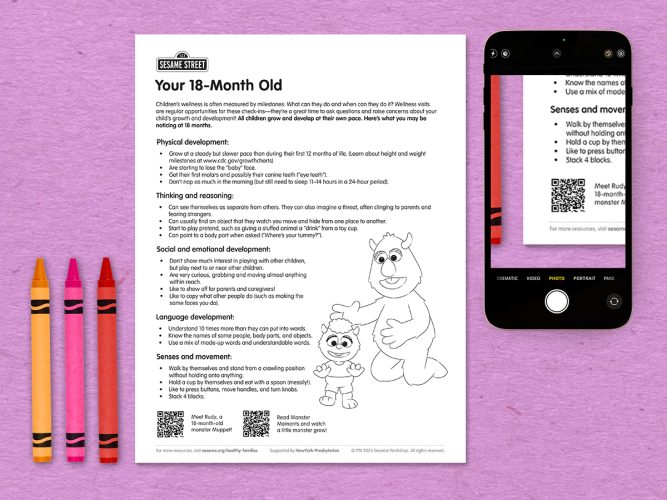
Milestones: Your 18-Month Old
All children grow and develop at their own pace; use this chart to guide your expectations and observations so you can talk to your child’s pediatrician about questions or concerns.
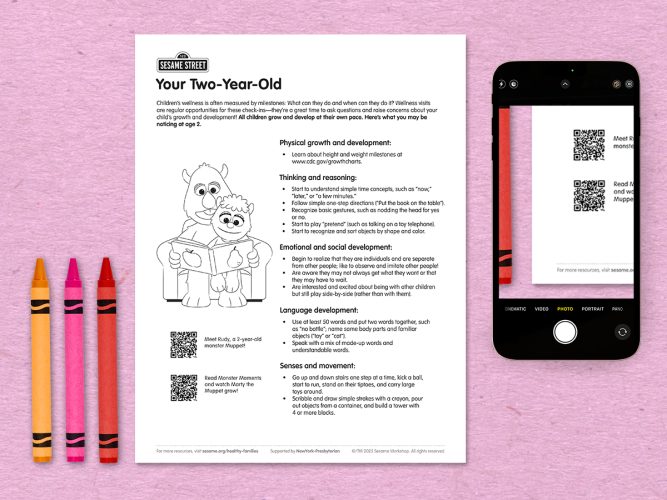
Milestones: Your Two-Year-Old
All children grow and develop at their own pace; use this chart to guide your expectations and observations so you can talk to your child’s pediatrician about questions or concerns.
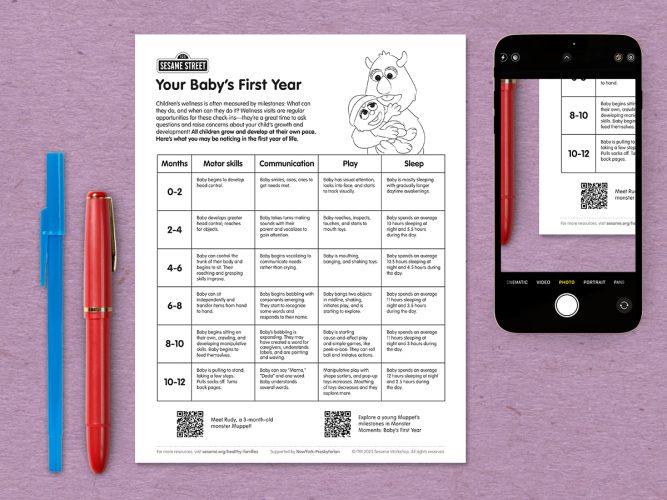
Milestones: Your Baby’s First Year
All children grow and develop at their own pace; use this chart to guide your expectations and observations so you can talk to your child’s pediatrician about questions or concerns.
